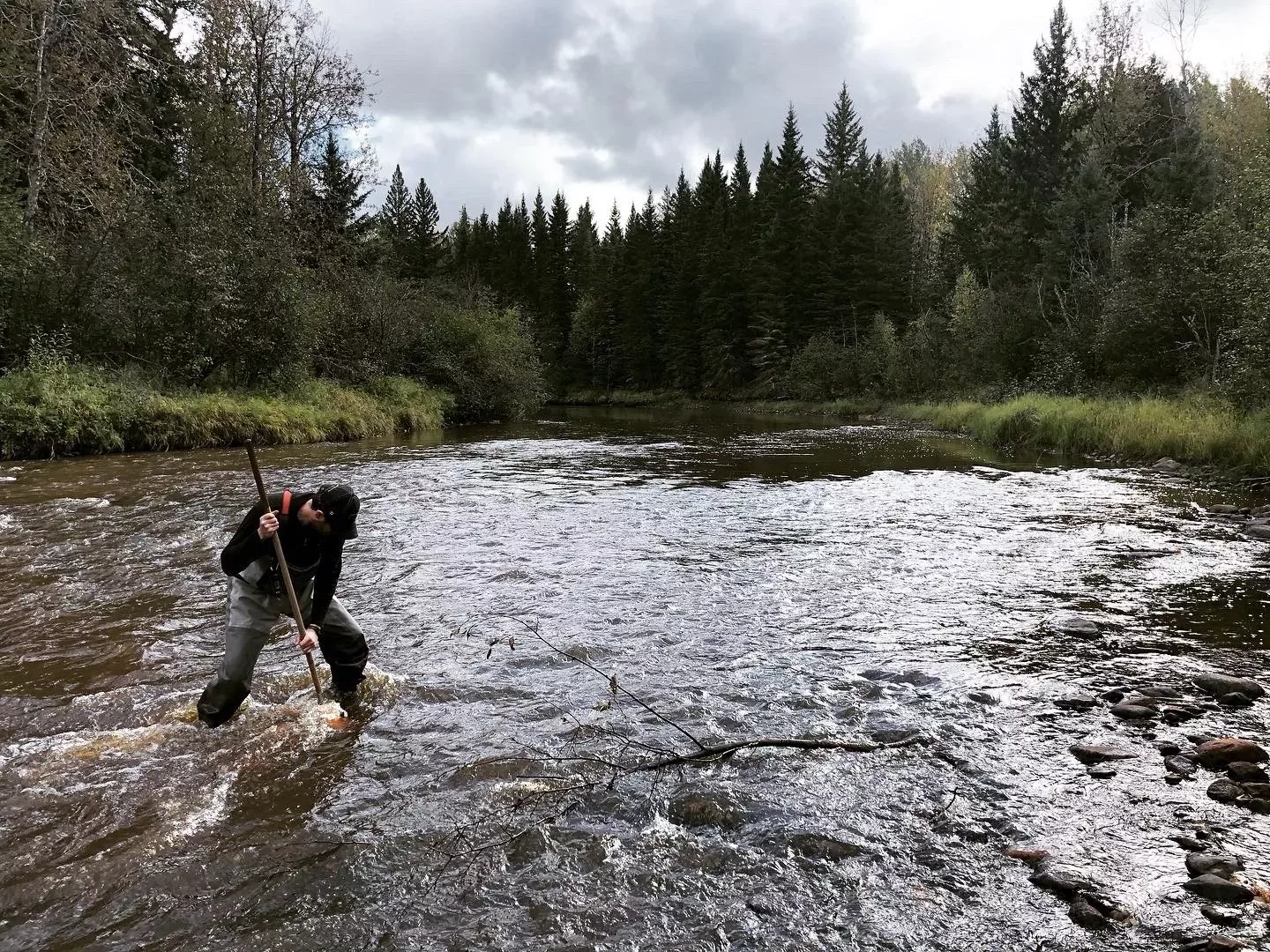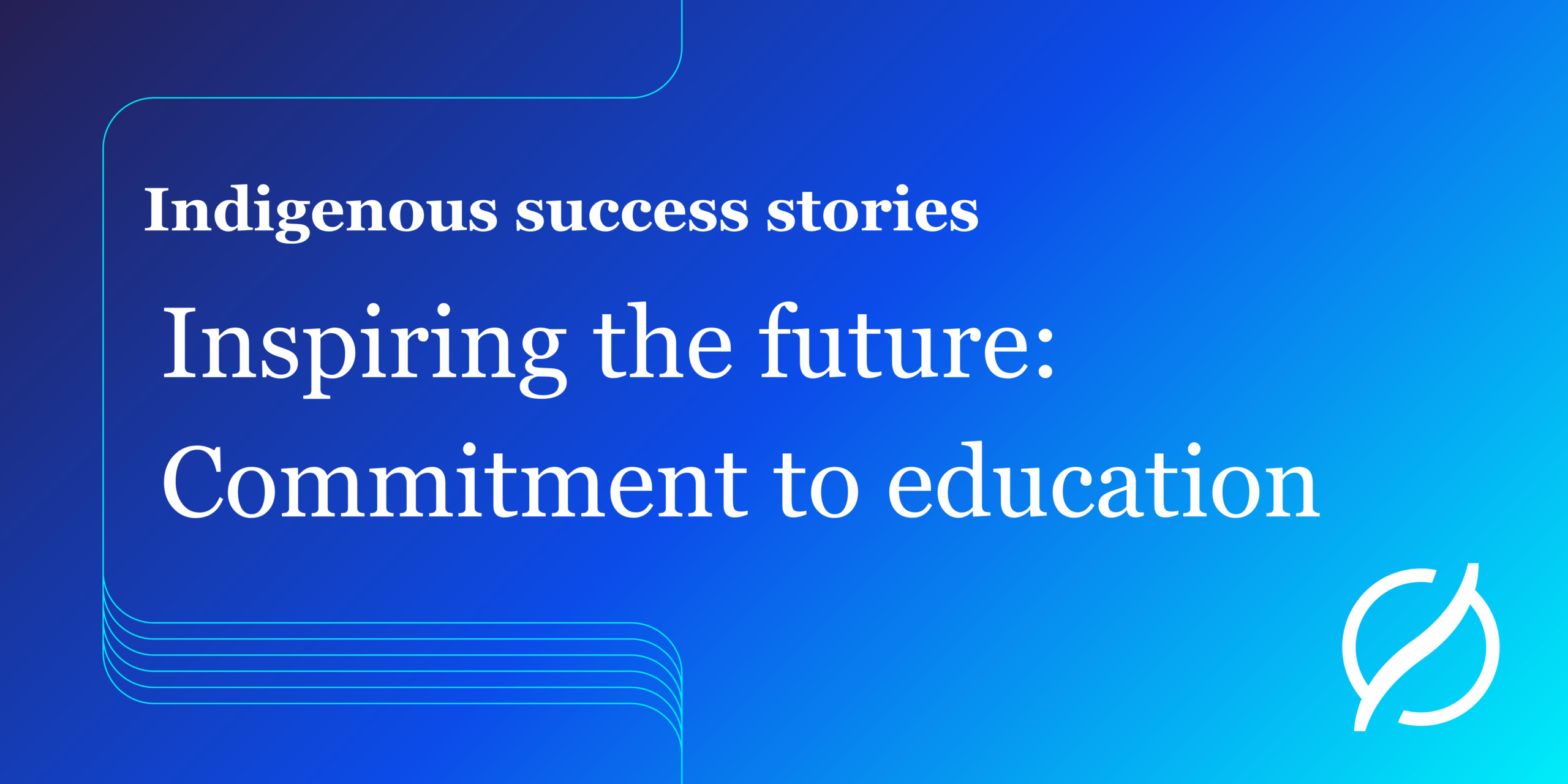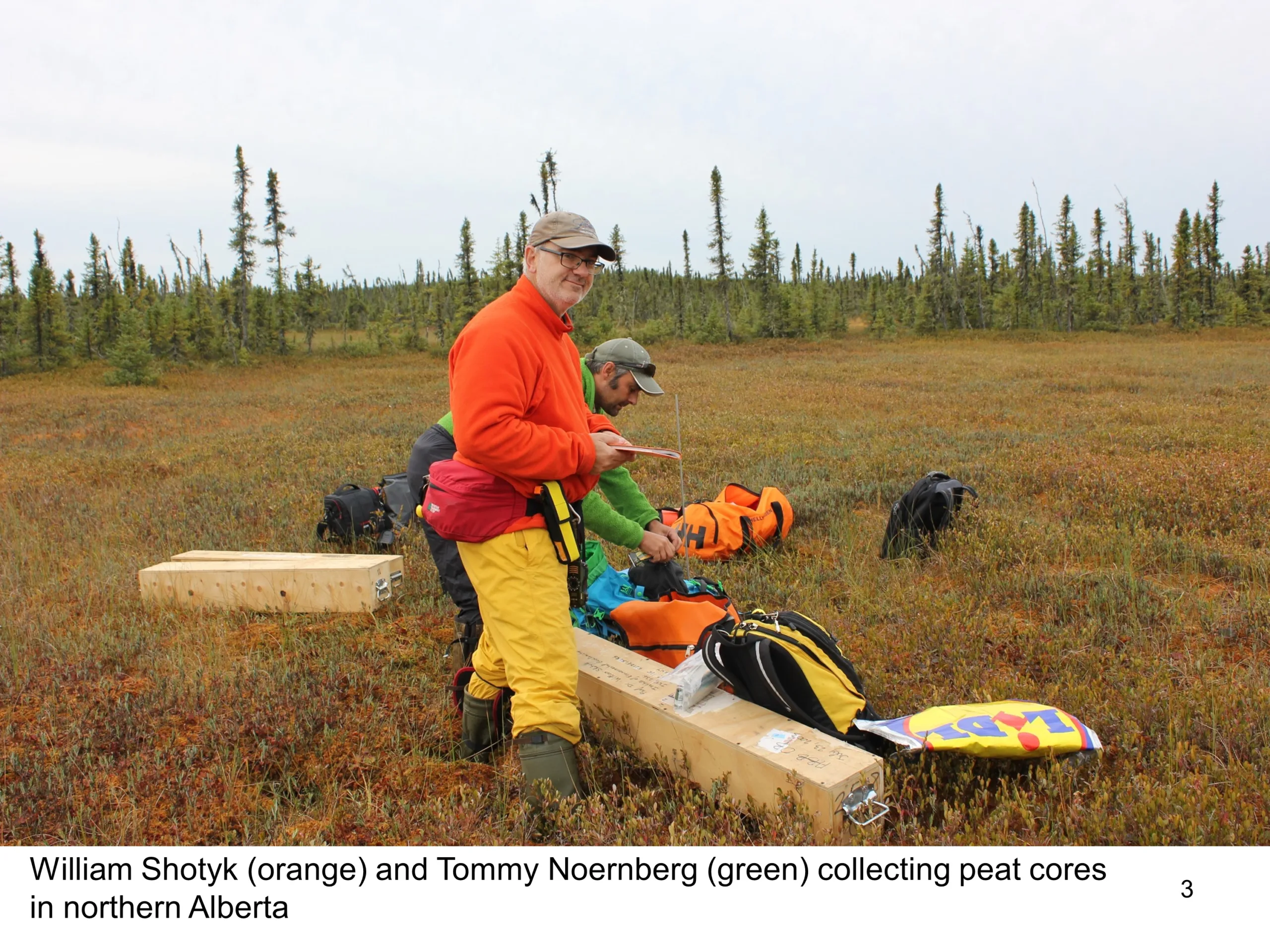Oil Sands Monitoring Program 101

The Oil Sands Monitoring (OSM) Program is one of North America’s largest environmental monitoring programs. It is a unique, national collaborative effort with multiple partners, including the Alberta Energy Regulator, Indigenous and Métis communities, and industry. It was created to assure the public that oil sands development is being monitored thoroughly, transparently and in a very inclusive way.
Tyler Veness is the Director of Monitoring at COSIA, the innovation arm of Pathways Alliance, and he represents industry partners in OSM. We caught up with Tyler to find out more about this little-known Canadian environmental initiative.
Q: What is the Oil Sands Monitoring Program?
A: The OSM Program assesses the cumulative effects of oil sands development in the region with data from over 1,100 different monitoring sites. It monitors the potential environmental influence of oil sands development through specific measurements of ambient air quality, regional surface water and groundwater quality and quantity in the Athabasca, Peace and Cold Lake systems.
The Program also monitors the biodiversity of the natural habitat, including wetlands, assessing wildlife and plant changes that result from oil sands development. OSM’s governance process allows the diverse stakeholder groups that participate in the Program to develop the monitoring parameters.
All the data is collected up into reports, scientific papers and presentations that are published on a regular schedule and freely available to anyone online. So far, the program has delivered over 730 of these scientific documents. You can access some of them here.
Q: What is unique about this monitoring program?
A: OSM is a multi-partner and multi-stakeholder program co-led by the governments of Canada and Alberta that’s very unusual. Provincial and federal officials work alongside the oil sands industry, regulator, and communities in the oil sands region. Each representative provides input into the program’s governance and the types of scientific data that are collected, weaving western science with Indigenous knowledge for an in-depth understanding of environmental priorities.
This collaboration is built on partnerships and trust, ensuring that the program is both comprehensive in scope and scale, and considers any important issues that communities raise.
Q: Has the program identified any environmental concerns so far?
A: In its 10 years, the Program has not seen any major changes in the region’s air, water or land as the result of oil sands development. However, continued vigilance through this monitoring gives us a good understanding of any changes that could be a result of oil sands activities versus those that are naturally occurring. This information allows industry to continuously improve its environmental performance and actively research ways to lessen impacts on the regional environment and provide assurances to local communities.
Q: Why is the OSM Program important for Canadians?
A: This program is important because if you are going to take care of something as valuable as our boreal forest habitat – a unique ecosystem and a national resource – on a regional scale, you need to be able to monitor and measure it so that you can base your decisions on sound, scientific data, and traditional ways of understanding the environment.
The OSM Program assures Canadians that the environment is being rigorously monitored across a number of priority environmental areas. Tracking the changes or cumulative impacts allows decision-makers to modify environmental standards and laws or develop new ones. Tracking also provides industry with precise data that allows producers to adapt their environmental practices and programs to ensure sustainability goals are met.
Q: What makes you passionate about the Program?
A: The fact that this program has so many stakeholders and participants involved is its strength – everyone is working towards a common goal of regional environmental assurance. That’s the exciting part for me. This program assures Canadians in a transparent way that oil sands development is being done responsibly. It helps the public be better informed about the potential environmental impacts of oil sands development on the region and makes the data readily available.
Q: Who does the monitoring?
Monitoring is a collaborative effort carried out by federal and provincial agencies, Indigenous communities, independent third parties, and industry participants in the Program.
Q: What does the program measure specifically?
The program measures six core focus areas:
- Ambient Air Quality and Deposition – to measure types and levels of emissions in the air and on the landscape.
- Aquatics – to assess oil sands contribution to changes in surface water quality and quantity, fish health, and benthic invertebrates.
- Groundwater Quality – to assess regional chemical and physical properties and oil sands industry’s contribution to change.
- Wetlands – to monitor the health of the dominant landscape ecosystem of the oil sands region in response to oil sands development.
- Terrestrial Biology – to assess wildlife and plant changes due to oil sands development.
- Community Based Monitoring – to assess priority environmental concerns of Indigenous and local communities in the region.
Q: When was the program established?
A: Several smaller regional monitoring programs were combined in 2012 to create the OSM Program. The initiative was led by the Alberta provincial government and the federal government as part of ongoing efforts to ensure the oil sands continued to be developed in a responsible and sustainable way. It is entirely funded by the oil sands industry.


